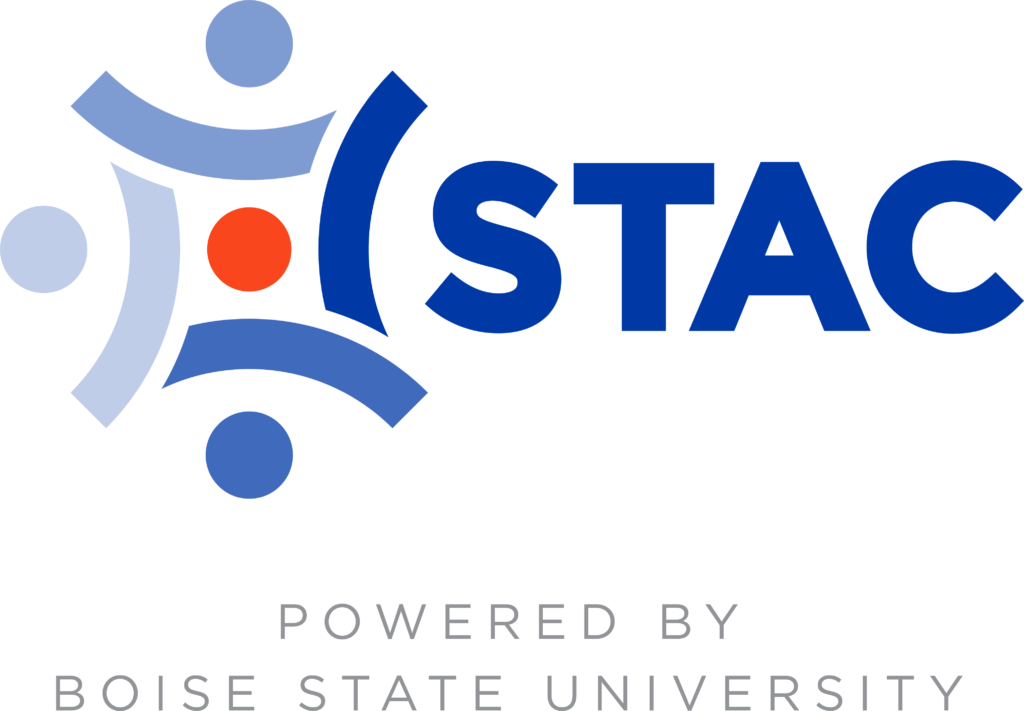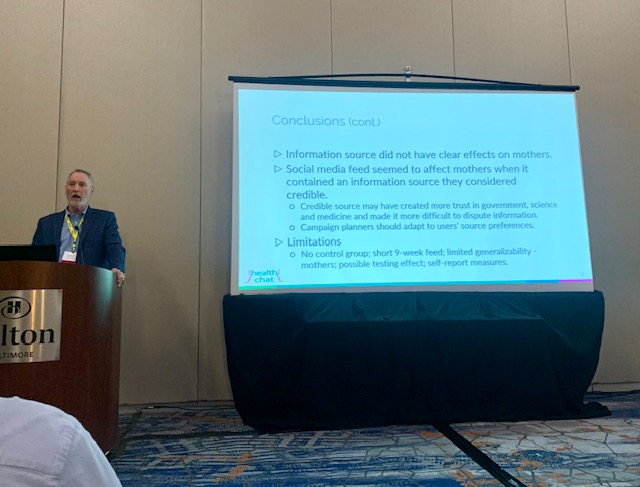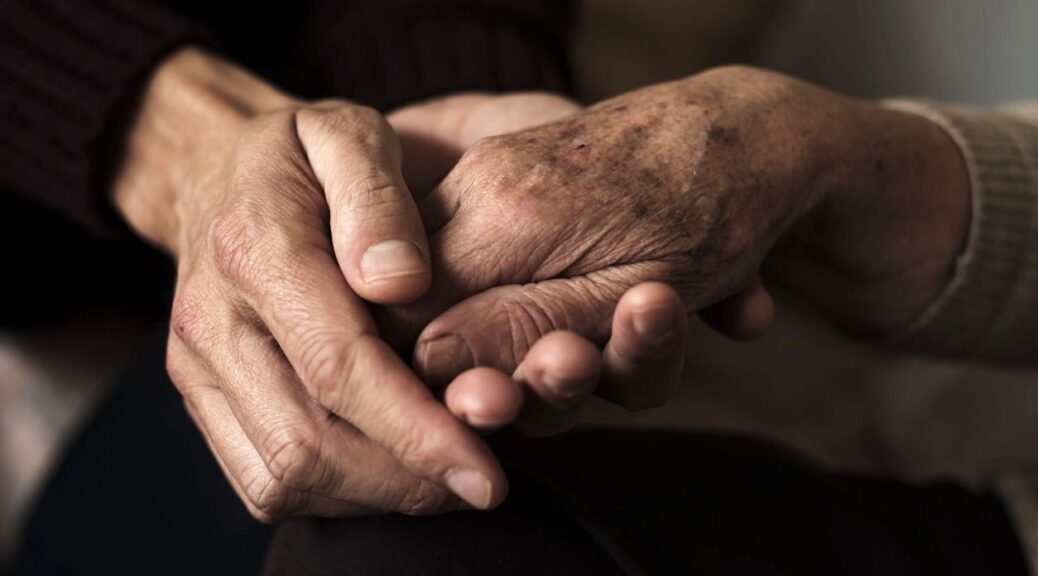EUROGIN HPV Panel Presentation
Klein Buendel Senior Scientists, Dr. W. Gill Woodall and Dr. David Buller, presented two research projects in a panel discussion at the EUROGIN International Multidisciplinary HPV Congress on Feb 8-11, 2023 in Bilbao, Spain. The “Digital Interventions to Increase HPV Vaccination” panel featured four presentations and was moderated by Dr. Greg Zimet from the University of Indiana. Other Klein Buendel scientists and staff (at the time of abstract submission) contributing as co-authors included Dr. Barbara Walkosz, Ms. Marita Brooks, Ms. Lila Martinez, and Ms. Jeanny Reither. Klein Buendel employees’ names are bolded.

Presentation 1
Title: “Randomized Trials of HPV Vaccine Uptake Improvement: Web Apps for Parents and Young Adolescent Girls and Boys”
Presenter: W. Gill Woodall, PhD, Senior Scientist, Klein Buendel, Inc. Albuquerque, NM, USA
Co-authors: A. Kong, G. Zimet, D. Buller, L. Chilton, J. Reither, L. Martinez, M. Brooks
This presentation discussed the results of two randomized trials of parent-focused web apps to improve HPV vaccine uptake for young adolescents (ages 11-14). For the first trial, the web app was tailored to parents and young adolescent girls, and in the second trial, the web app was tailored to parents and young adolescent boys. Results of both trials indicated significant web app impact on HPV vaccine uptake for adolescent girls and boys, as well as other vaccine uptake related variables. The discussion included a consideration of web app content and tailoring to determine HPV vaccine uptake improvement.
Presentation 2
Title: “Successful technology-based rural patient HPV vaccination reminder intervention and social media assessment of strategies to reduce HPV vaccine misinformation”
Presenter: Deanna Kepka, PhD, MPH, University of Utah, Salt Lake City, UT, USA
Co-authors: K. Christini, E. McGough, B. Gibson, E. Warner, H. Brandt
This presentation described a multi-level and multi-component intervention that included healthcare team training activities and technology-based HPV vaccination reminders. Missed opportunities for HPV vaccination declined significantly from the pre-intervention to the post-intervention period. Participants who recalled receipt of an electronically delivered vaccination reminder had higher unadjusted odds of scheduling a visit compared with those who did not recall receiving a reminder. Social media-delivered misinformation related to HPV vaccination is pervasive. The presenters also discussed new strategies to evaluate and reduce the impact of HPV vaccine misinformation in rural settings.
Presentation 3
Title: “Promoting HPV vaccination to emerging adults in rural communities in a multi-risk factor cancer prevention social media intervention”
Presenter: David Buller, PhD, Senior Scientist, Klein Buendel, Inc., Denver, CO, USA
Co-authors: A. Sussman, D. Kepka, W. G. Woodall, E. Warner, B. Walkosz
This presentation described an innovative social media campaign targeting six cancer risk factors, including HPV vaccination. It is being developed for the diverse population of adults aged 18-26 in rural counties in the Mountain West region of the U.S. Emerging adults obtain health information online far more than information from health care providers and other media. A framework for social media message development was presented based on social cognitive, self-determination, and diffusion of innovation theory. Misinformation, especially on vaccination, will be combatted by instructing emerging adults in digital and media and by using an epidemiological model of monitoring and quickly responding to correct misinformation. The campaign will be tested with a sample of 1000 emerging adults in a stepped-wedge quasi-experimental design.
Presentation 4
Title: “U.S. National Digital Point of Care Communication to Improve Uptake of HPV and Other Adolescent Vaccines in Clinic Settings”
Presenter: Judy Klein, BA, BS, President, UNITY Consortium, Philadelphia, PA, USA
Co-authors: G. Zimet, V. Agadi, C. Hu, A. Jaramillo
This presentation reported on a study that involved digital targeted adolescent vaccination infographics and videos widely disseminated to clinical practices throughout the U.S. Over 11,000 clinicians whose practices received these digital interventions (exposed condition) were matched to an equal number of non-exposed comparison practices matched on multiple practice characteristics. The outcomes of interest were the number of vaccine doses (Tetanus-diphtheria-pertussis booster or Tdap, HPV, MenACWY, and MenB) administered to patients 11-18 years of age. The exposed clinics showed significant increases in administration of adolescent vaccines, including HPV vaccine, compared to the non-exposed clinics.














